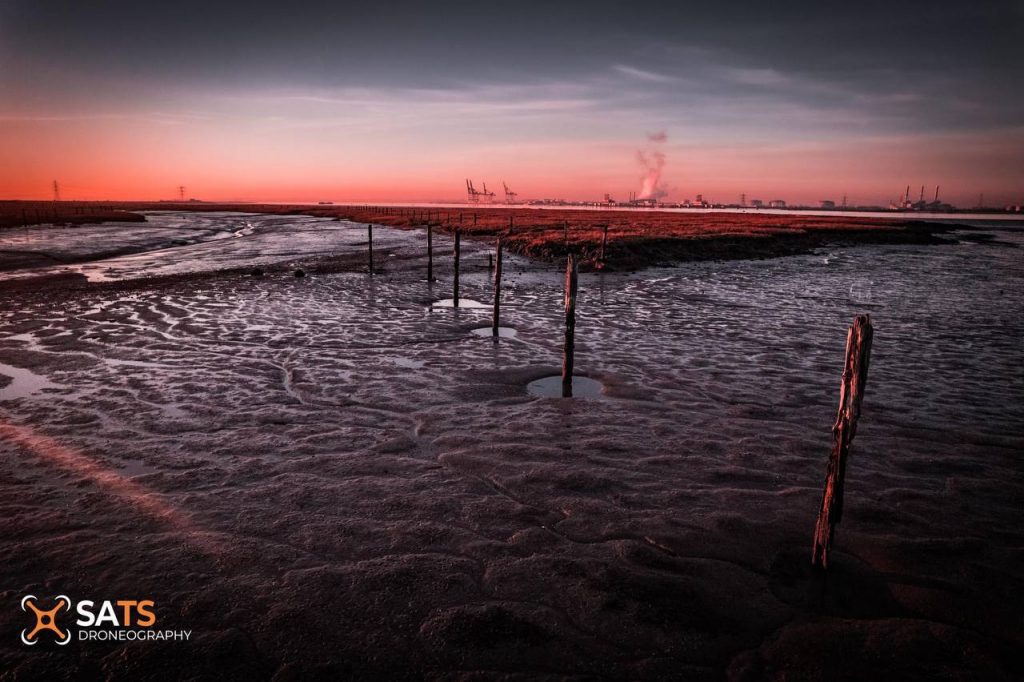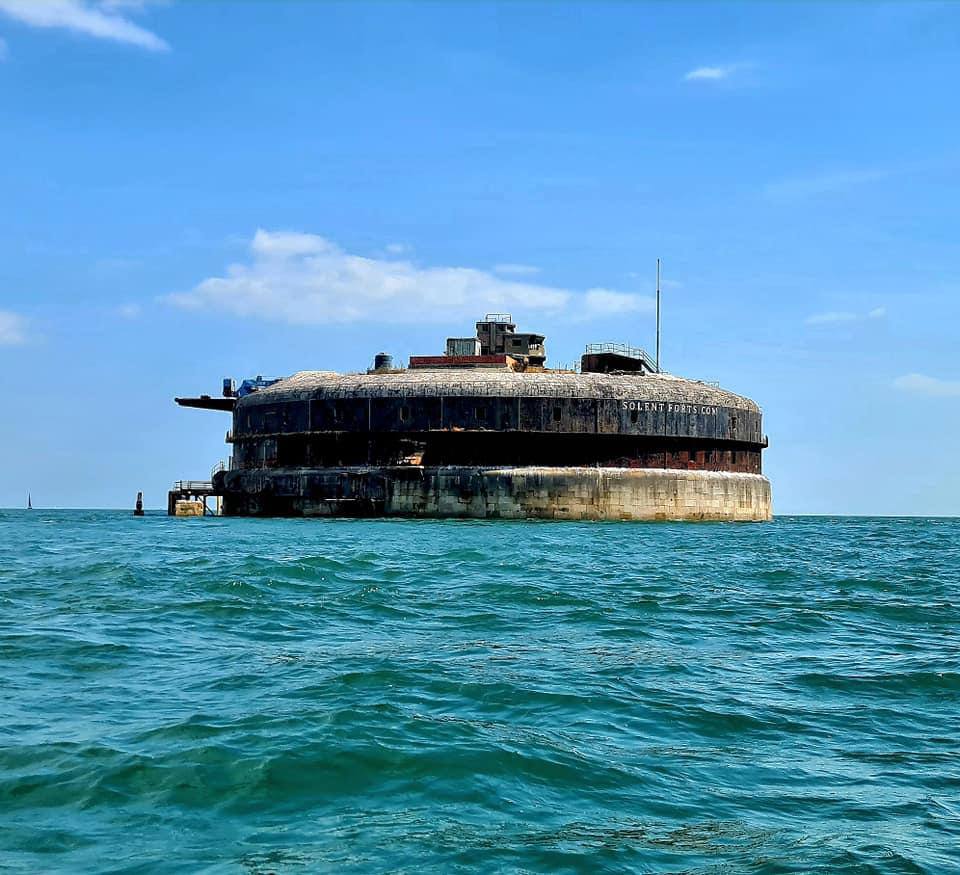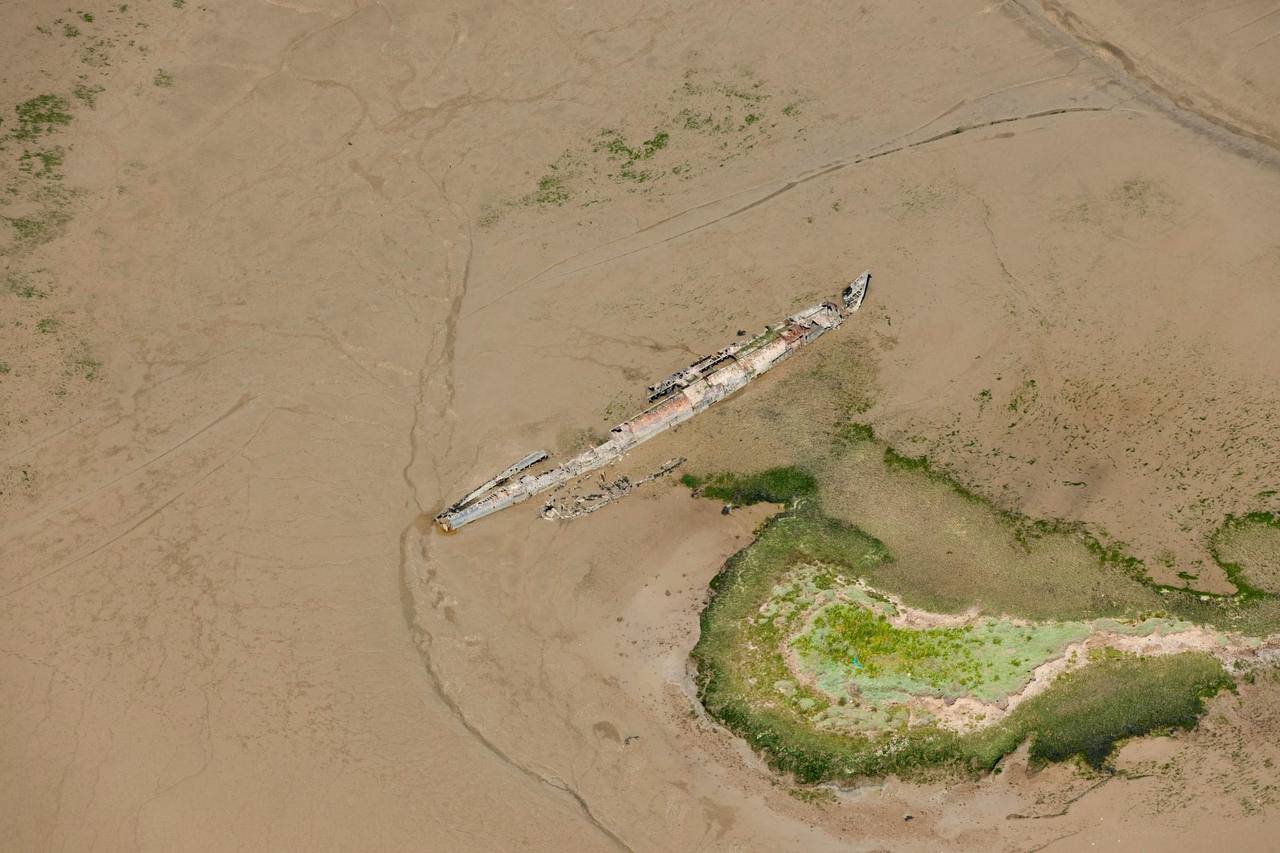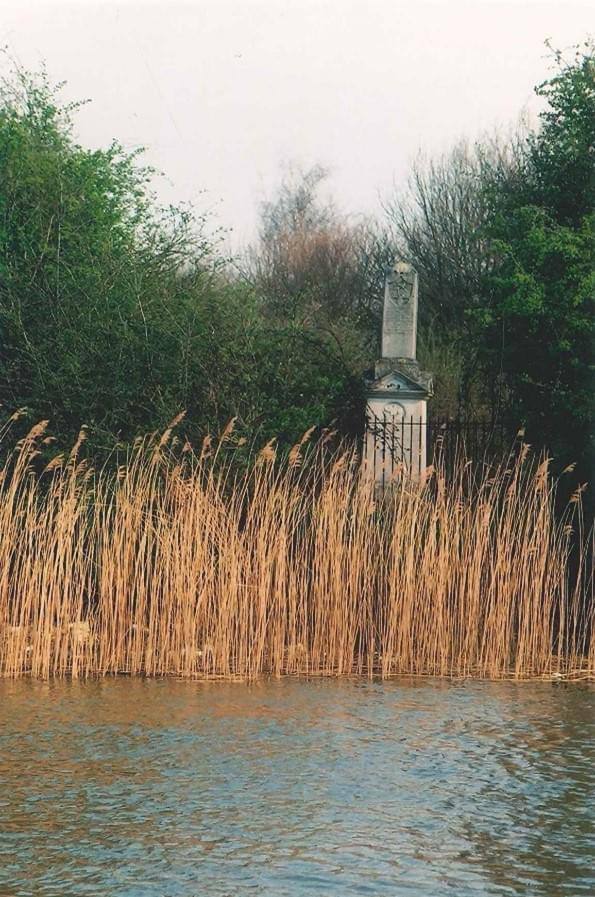When most people think of eerie, isolated places, they think of crumbling castles or dark forests. But Deadman’s Island, located just off the Isle of Sheppey in Kent, UK, might give any ghost story a run for its money.
This small, marshy landmass has a sinister reputation, and it’s not hard to see why. Hidden away from the public and off-limits to visitors, the island holds grim secrets in the form of exposed human remains, a legacy of plague pits, and bones that resurface with the tides.
Table of Contents
A Ghostly History
Deadman’s Island has a history as dark as its name suggests. It’s most famously known as a burial ground for convicts in the 18th and 19th centuries. Many of the men interred here had died aboard prison ships, known as hulks, which were moored in the River Thames. These ships held criminals awaiting transportation to Australia, but overcrowding and disease meant many never made it that far. The bodies were unceremoniously buried on Deadman’s Island, a bleak and windswept marshland that became their final resting place.


Over time, erosion and tidal changes have uncovered the remains, revealing bones and fragments of coffins on the surface. With each tide, the island gives up more of its macabre past, making it a truly haunting place—both in a literal and historical sense. The skeletal remains are a stark reminder of the brutal conditions these prisoners endured before their lives ended prematurely on a desolate patch of land.
To read our guide to the Isle of Sheppey click here.
The Modern-Day Forbidden Zone
Deadman’s Island is now a protected nature reserve, managed by Natural England, and is strictly off-limits to the public. The eerie sight of human bones littering the marshes has drawn significant media attention over the years, but you won’t find any official tourist tours or boat rides to the island. Its forbidding reputation has only grown as the island remains a place people speak of in hushed tones, often compared to the creepiness of places like Alcatraz.
Occasionally, archaeologists, researchers, or TV crews are granted access, but the general public can only view Deadman’s Island from a distance. It’s a place that continues to stir the imagination, a forbidden zone rich with morbid curiosity for anyone who loves a good ghost story or a taste of dark history.
To read about English street food click here.


Local Legends and Ghost Stories
Unsurprisingly, an island like this has sparked its share of local legends and ghost stories. People say that on foggy nights, the spirits of the buried convicts rise from their shallow graves, wandering the marshes in search of justice. Fishermen claim to have seen shadowy figures moving along the shores, while others report strange sounds emanating from the island—creaking like the hull of a ship and low moans carried on the wind.
While most of these stories are likely the result of eerie atmospheres and overactive imaginations, the chilling atmosphere of Deadman’s Island certainly lends itself to a tale or two. Its isolation, history, and the sight of human remains strewn across the landscape create a truly spooky setting.
A Dark Chapter of British Maritime History
The prison hulks and Deadman’s Island offer a sobering glimpse into a dark chapter of British history. In the late 1700s and early 1800s, British prisons were overcrowded, leading the government to convert old warships into floating jails. Conditions on these hulks were horrific—disease spread quickly, with cholera and typhus claiming many lives. Prisoners were often kept in squalid, cramped conditions, their bodies weakened by malnutrition and lack of proper medical care.
When they died, their bodies were transported to places like Deadman’s Island, far from the eyes of the public. These makeshift burial grounds were considered ideal because of their isolation, but the rapid erosion of the land has turned them into accidental memorials to the forgotten dead. Today, Deadman’s Island stands as a grim reminder of this brutal period.

Nearby Attractions: Knocks John and the Isle of Sheppey
If you’re in the area but not keen on creeping too close to the eerie island, there are plenty of other attractions nearby. Knocks John Fort, a Maunsell sea fort in the Thames Estuary, is another fascinating historical site worth exploring, though like Deadman’s Island, it’s best admired from a distance. The Isle of Sheppey itself offers charming coastal walks, historic towns, and plenty of local pubs and eateries.
For a taste of history that won’t leave you looking over your shoulder, Sheppey’s towns like Sheerness and Queenborough offer a gentler exploration of maritime legacy, including Sheerness Dockyard, a cornerstone of naval history, and the ruins of Queenborough Castle. But if you prefer your adventures with a touch of the macabre, the story of Deadman’s Island is sure to linger long after you leave.
It should be noted that Sealand is one of these forts, with Knocks John being touted as a potential “nation”
Final Thoughts
Though it’s now off-limits, Deadman’s Island captures the imagination like few other places in the UK. Its history is as murky as the marshland itself, and the unearthed remains serve as a stark reminder of a brutal past. Whether you’re a history buff or a fan of ghost stories, Deadman’s Island is a hidden chapter in Britain’s maritime legacy that will continue to fascinate and terrify from afar.
So, next time you’re enjoying a pint at a local pub on the Isle of Sheppey, spare a thought for the poor souls buried just across the water, their bones slowly but surely returning to the surface, as if to remind the living of the island’s dark and forgotten history.
Deadmans Island and the Isle of Sheppey are not on our tour list (for now), but we do have a whole heap of other strange destinations that you can check out with us.





